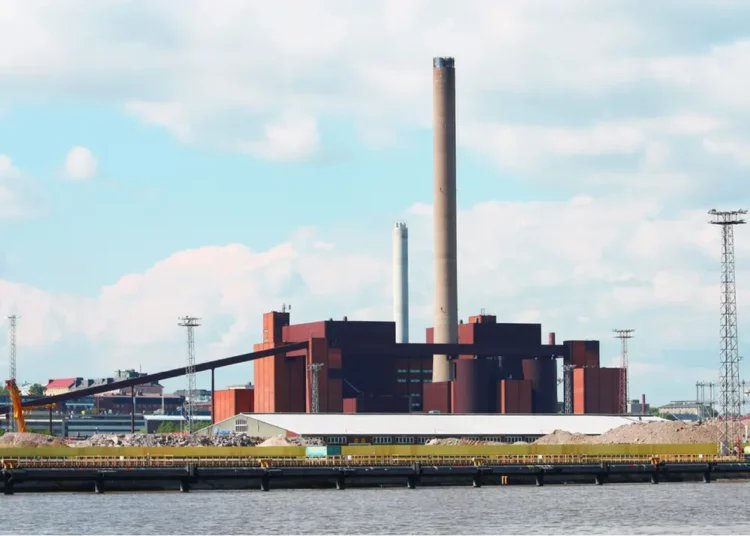Finland has reached a major milestone in its clean energy transition by shutting down its last active coal-fired power and heat plant, the Salmisaari facility in Helsinki, on April 1, 2025.
This move marks the end of coal-based energy production in the country and aligns with Finland’s ambitious sustainability goals to achieve carbon neutrality by 2035. The closure of the last coal plant is a defining moment in Finland’s environmental journey. As the world grapples with climate change, Finland stands as a shining example of how nations can implement sustainable energy policies without compromising economic growth.
The closure of the Salmisaari plant follows Finland’s 2019 legislation banning coal for energy production by 2029. However, Helsinki-based energy company Helen, which operated the plant, took proactive measures to accelerate the phase-out ahead of schedule. The move comes two years after Helen shut down its Hanasaari power plant in 2023, demonstrating Finland’s commitment to reducing reliance on fossil fuels.
“We are proud to take this step towards a cleaner and more sustainable energy future,” said a spokesperson from Helen. “Our goal is to eliminate combustion-based energy production entirely by 2040.“
The Salmisaari plant had a capacity of 175 megawatts (MW) of electricity and 300 MW of heat. To compensate for the energy loss, Helen is expanding its use of renewable energy sources, including electricity, waste heat recovery, heat pumps, and biomass, such as pellets and wood chips. The company is also investing in electric boilers and new pellet plants to further its transition away from coal.
The closure is expected to significantly reduce Finland’s carbon footprint. Helen projects a 50% decrease in its carbon dioxide emissions compared to the previous year, contributing to an overall national emissions reduction of nearly 2%.
This shift is a crucial step in Finland’s broader strategy to combat climate change and establish itself as a global leader in sustainability.
Economic and Consumer Benefits
Despite the transition to renewable energy, Finland maintains some of the most competitive electricity prices in Europe. The shift is also benefiting consumers, with district heating prices expected to decrease by an average of 5.8% this year, easing the financial burden on households and businesses.
By adopting cleaner and cost-effective energy solutions, Finland is not only meeting its environmental targets but also ensuring economic stability. The country’s proactive approach sets a precedent for other nations aiming to phase out coal while maintaining energy affordability.
Finland’s energy transition aligns with its goal of becoming carbon-neutral by 2035 and fully eliminating combustion-based energy production by 2040. The country’s long-term vision involves leveraging wind, solar, and geothermal energy to create a more sustainable and self-sufficient power grid.
With bold initiatives and continued investment in green technology, Finland is well on its way to securing a cleaner, more sustainable future for generations to come.
Share your insights on Finland’s clean energy transition and its global impact on IMPAAKT today!











